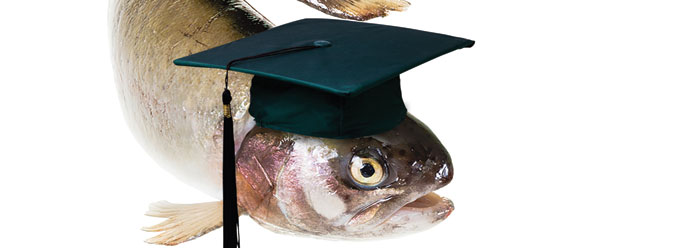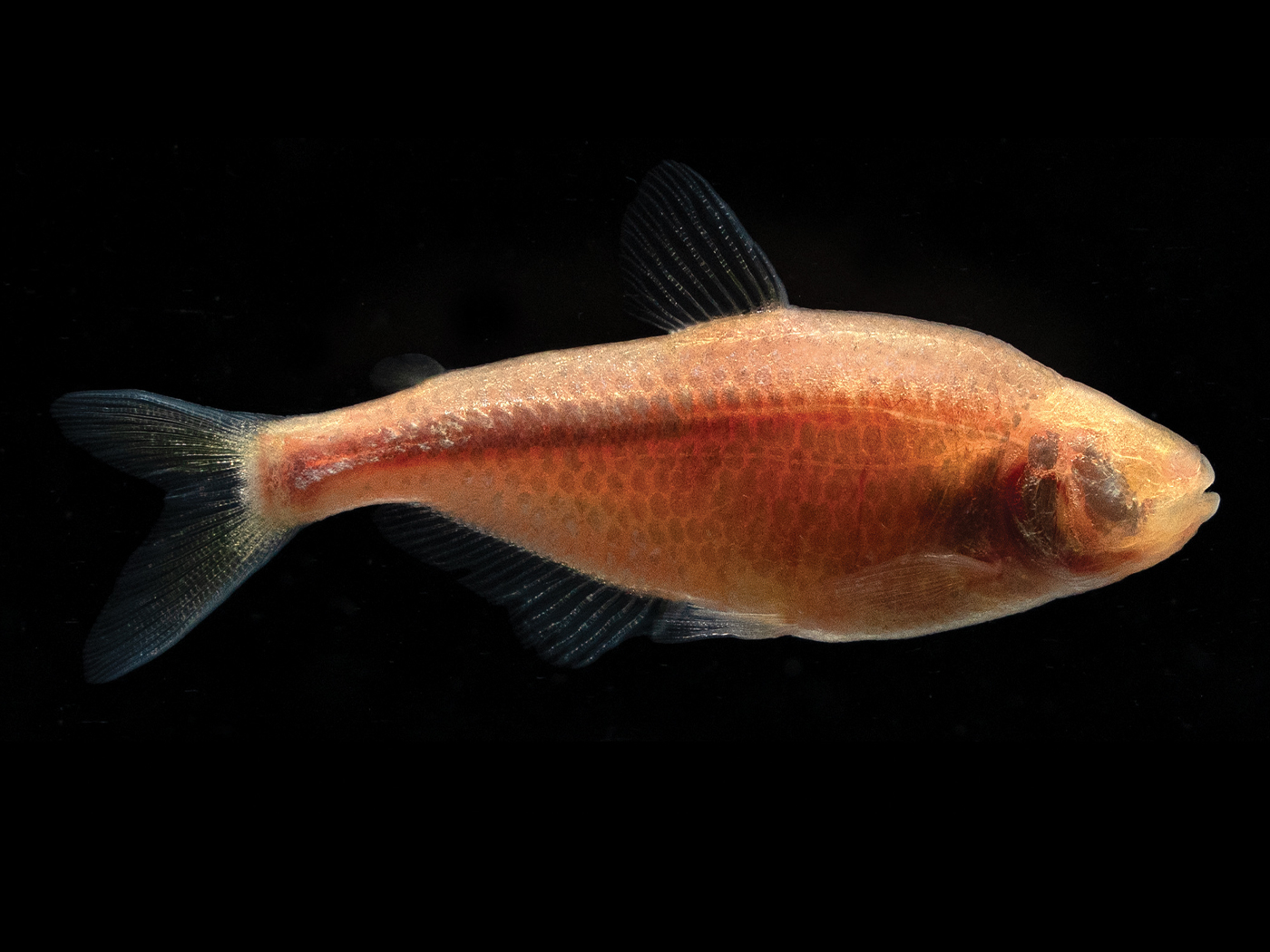Since evolutionary thinking permeates the entire spectrum of biology, scientists are consistently surprised by the mental abilities of creatures thought to be lower on the so-called tree of life. In this mythical tree of evolutionary progression, apes are thought to be at the top of the intelligence scale—second only to humans. But now we have numerous examples of other land creatures, most notably birds, that rival or exceed apes’ mental capabilities.1-3
But what about fish, the supposed ancient ancestors of all land-dwelling animals? With such a low position on the tree of life, they can’t be nearly as smart as apes—can they? Perhaps a few captivating and evolution-negating examples are in order.
Let’s start things off with the humble frillfin goby, a small marine fish only about three inches long that lives in intertidal zones along the shores of the Atlantic Ocean. When the tide goes out, frillfins stay close to shore in warm, isolated tidal pools. However, a tidal pool can expose them to dangerous predators such as octopuses or sea birds. It pays for the little frillfin to make a rapid exit if needed. But where is a little goby to go? Frillfins employ a seemingly impossible gymnastic maneuver with near perfect accuracy every time—leaping to a neighboring tidal pool.
The basis of this incredible feat lies in the fish’s amazing mental abilities. How does the goby know where to jump without ending up on the rocks in defeat and almost certain death? As demonstrated in a 1971 study at the American Museum of Natural History, the gobies actually memorize the topography of the intertidal zone as they swim over it during high tide.4 With incredible accuracy, their brains record the layout of depressions in the rocks that will form the future tidal pools at low tide. In fact, research showed that with only a single learning session at high tide, the fish could remember tidal pool topography and map out escape routes 40 days later!
Evolutionists once considered the ability to use tools as uniquely human. In the 1960s, they hailed Jane Goodall’s reports of tool use in chimpanzees as stunning evidence for humans evolving from apes. But since then, many land-dwelling animals have been observed using tools, including a variety of birds, dolphins, elephants, and other animals.
But what about fish? In 2009, evolutionary biologist Giacomo Bernardi filmed the first evidence of a fish using tools. He observed a tuskfish uncovering a clam buried in the sand, which it then picked up in its mouth and carried to a large rock 30 yards away.5 Then, using several rapid head-flicks and well-timed releases, the fish smashed the clam open against the rock. It performed this feat so efficiently that in only 20 minutes it broke open three clams and consumed them. But the story gets even better. The industrious tuskfish first uncovers the clams by turning away from the target and rapidly snapping its gill covers shut to generate an intense pulse of water. So the overall forward-thinking process involves more than just tool use.5 It includes a planned, logical series of orchestrated behaviors even more complex than chimpanzees using twigs or grass stems to draw termites from their nests.
Clearly these complex cognitive fish abilities don’t fit the evolutionary paradigm but instead reveal a much more obvious principle in nature: An animal’s mental ability is unique to its inherent engineered skill set. These design patterns don’t fit the evolutionary story because they exemplify the incredible engineering and creativity of our great Creator God.
References
- Tomkins, J. P. Some Birds Were Created to Boogie. Creation Science Update. Posted on ICR.org May 13, 2009, accessed October 1, 2016.
- Tomkins, J. P. Neuron-Packed Bird Brains Point to Creation. Creation Science Update. Posted on ICR.org June 20, 2016, accessed October 1, 2016.
- Tomkins, J. P. Musical Bird Maestros Befuddle Evolution. Creation Science Update. Posted on ICR.org October 20, 2016, accessed October 20, 2016.
- Aronson, L. R. 1971. Further studies on orientation and jumping behavior in the gobiid fish, Bathygobius soporator. Annals of the New York Academy of Sciences. 188 (1): 378–392.
- Stephens, T. Video shows tool use by a fish. University of Santa Cruz NewsCenter. Posted on ucsc.edu September 28, 2011, accessed October 1, 2016.
* Dr. Tomkins is Director of Life Sciences at the Institute for Creation Research and earned his Ph.D. in genetics from Clemson University.




























